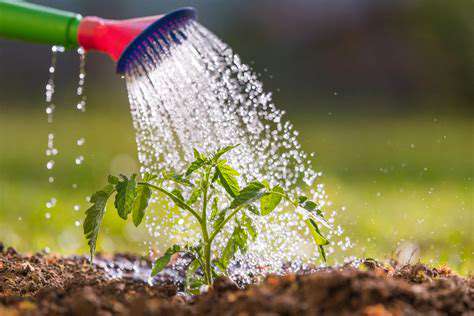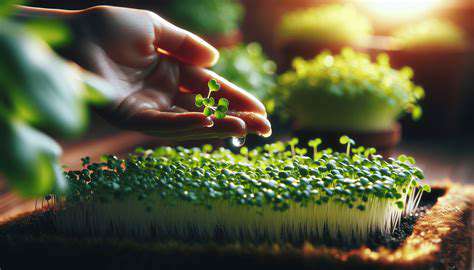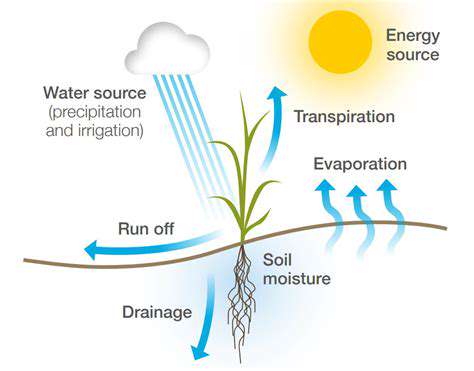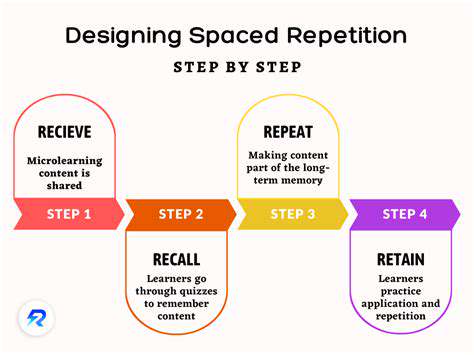Guide to Watering Your Plants Correctly

Watering Requirements
Proper watering is crucial for plant health, but many gardeners overlook the nuanced needs of different species. Desert cacti can survive weeks without water, while tropical ferns wilt if their soil dries even slightly. One of the most common mistakes beginners make is applying a one-size-fits-all approach to watering. Before reaching for the watering can, always test the soil moisture by sticking your finger an inch deep - if it feels dry, it's time to water. This simple technique prevents both underwatering and the more dangerous root rot caused by excessive moisture.
Sunlight Exposure
Light requirements vary dramatically across plant species, much like people have different preferences for sunny or shady spots. South-facing windows provide intense light ideal for succulents and citrus trees, while north-facing areas better suit low-light plants like snake plants. Observing your plant's response to its current location provides the best clues about whether it's getting adequate light. Leaves that stretch toward light sources or develop pale coloration often indicate insufficient light, while brown, crispy patches suggest too much direct sun.
Soil Composition
Think of soil as your plant's pantry - it needs to contain all the right ingredients in the proper proportions. Heavy clay soils retain too much moisture for most plants, while sandy soils drain too quickly. The ideal soil acts like a sponge, holding moisture while allowing excess water to drain and air to reach the roots. When repotting, always choose a mix specifically formulated for your plant type - orchid bark for epiphytes, cactus mix for succulents, and peat-based blends for moisture-loving plants. Adding perlite or vermiculite can improve drainage in standard potting mixes.
Temperature Control
Plants experience temperature much like we do - extreme heat or cold causes stress. Tropical plants thrive in the consistent warmth of 65-80°F (18-27°C), while many temperate plants prefer cooler nights. Sudden temperature drops below 50°F (10°C) can shock most houseplants, causing leaf drop. Avoid placing plants near heating vents, air conditioners, or drafty windows where temperatures fluctuate dramatically. Using a simple thermometer near your plants helps monitor their environment more accurately than room thermostats.
Fertilizing Practices
Fertilizer acts like vitamins for plants - necessary in proper amounts but harmful in excess. During active growth periods (typically spring and summer), most plants benefit from monthly feeding with a balanced, water-soluble fertilizer diluted to half strength. The golden rule of fertilizing: when in doubt, under-fertilize rather than overdo it. Signs of over-fertilization include salt buildup on soil surfaces, leaf tip burn, and stunted growth. Always water thoroughly before applying fertilizer to prevent root burn.
Humidity Levels
Humidity represents one of the trickiest variables to control, especially in climate-controlled homes. Tropical plants like ferns and calatheas often struggle in arid indoor environments. Grouping plants together creates a microclimate with higher humidity, as does placing pots on pebble-filled trays with water. For plants requiring very high humidity (60% or more), consider using a humidifier or keeping them in naturally moist areas like bathrooms (provided there's adequate light). Conversely, desert plants like cacti prefer the dry air found in most heated homes.
Pest and Disease Prevention
Healthy plants resist pests better than stressed ones, making proper care the first line of defense. Regularly inspecting leaves (especially undersides) and stems helps catch infestations early when they're easiest to treat. Isolating new plants for 2-3 weeks prevents introducing pests to your collection. For common issues like spider mites, a strong spray of water often suffices, while neem oil works well for scale and mealybugs. Improving air circulation around plants and avoiding wet foliage significantly reduces fungal disease risks.
Choosing the Right Watering Technique for Optimal Growth

Understanding Your Plants' Needs
Different plants have vastly different water requirements, but even within species, factors like pot size, soil type, and environmental conditions create variations. The most reliable method involves learning each plant's unique thirst cues rather than following a rigid schedule. Some plants, like peace lilies, dramatically droop when thirsty, while others show more subtle signs like slowed growth or lighter leaf color.
Consider both the plant's natural habitat and its current environment. A fern native to rainforests will need more frequent watering than its label suggests if placed in a hot, sunny window. Conversely, the same plant in a cool, shady spot might need water half as often. This adaptive approach prevents both drought stress and root rot.
Selecting the Appropriate Tools
Watering tools should match both your plants' needs and your physical capabilities. Lightweight plastic watering cans work well for small collections, while heavy-duty metal ones suit larger gardens. For precise watering at the soil level (especially important for succulents and other rot-prone plants), consider a long-spouted can or squeeze bottle. Indoor gardeners might prefer self-watering pots or capillary mats for consistent moisture, while outdoor gardeners could benefit from soaker hoses or drip irrigation systems that deliver water directly to roots with minimal evaporation.
Implementing Efficient Watering Strategies
The deep watering method encourages robust root systems by mimicking natural rainfall patterns. Rather than frequent light sprinkles that encourage shallow roots, thorough soaking followed by complete drying promotes deeper root growth. For potted plants, water until it runs from drainage holes, then wait until the top inch of soil dries before repeating. This cycle of feast and famine trains roots to grow downward seeking moisture, creating more drought-resistant plants.
Timing matters as much as technique. Early morning watering allows leaves to dry before nightfall, reducing fungal disease risks. Avoid midday watering when evaporation rates peak, and evening watering that leaves foliage damp overnight. For plants susceptible to crown rot (like African violets), bottom watering by placing pots in shallow water lets soil absorb moisture without wetting leaves.
Maintaining and Adjusting Your System
Seasonal changes demand watering adjustments most gardeners overlook. Plants need significantly less water during winter dormancy, while summer heat waves may require daily checks. Investing in a simple moisture meter takes the guesswork out of watering decisions, especially for beginners. These inexpensive tools provide objective readings of soil moisture at root level, preventing both over- and underwatering.
Regular system checks prevent problems before they affect plants. For irrigation systems, flush lines seasonally to prevent mineral buildup. Check hose connections for leaks that waste water and create overly wet areas. Adjust sprinkler heads to avoid watering sidewalks or walls instead of plants. These small maintenance steps ensure your watering efforts actually benefit your plants rather than causing problems.


![Guide to Learning [Specific Software, e.g., Excel]](/static/images/31/2025-04/CreatingandFormattingCharts3AVisualizingYourData.jpg)









